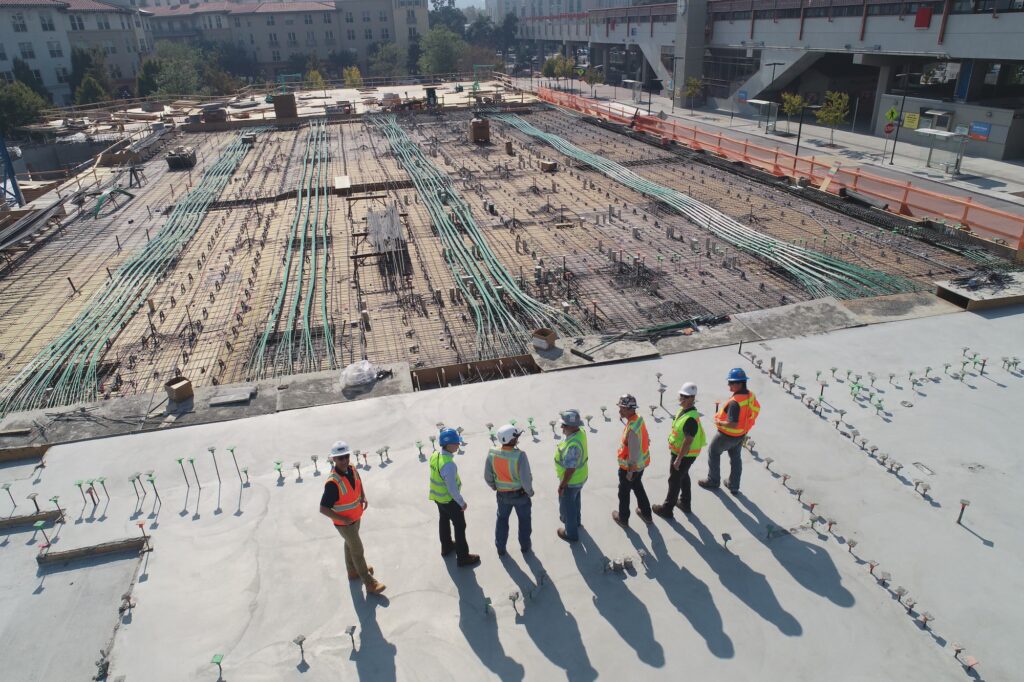Issues
Right to Repair
To ensure the safety of the nation’s workers as well as product performance, certification, and compliance, Right to Repair legislation must exempt all PPE and safety equipment.
The Issue

ISEA
Right to Repair legislation in certain cases conflicts with existing Federal workplace safety and product certification regulations.
Federal, state, and local Right to Repair legislation implementation could result in products losing their federal certification or compliance with a consensus standard. For example, a respiratory protective device approved by NIOSH will lose its approval if a part that is not approved by the approval-holder is used (the same is true for products with NFPA approvals.) OSHA regulations require NIOSH-approved respirators when respirators are needed to keep workers safe. A non-NIOSH-approved respirator used in an occupational setting will constitute an OSHA violation.
A number of life-saving devices for fire fighters include sophisticated electronic systems. A personal alert safety system (PASS) device must meet the rigorous testing required by the National Fire Protection Association’s NPFA 1982:2018 standard. This device’s alarm of 95 dB is active when there is no movement for 30 seconds. It is tested in environments from -4f to 1500f.
Use of non-OEM parts, or improper repair conducted by non-authorized repair personnel could undermine the proper performance of the equipment and pose a risk to users.
Service people performing service without training are more likely to use parts other than OEM-supplied parts and therefore potentially compromise performance and product certifications. If lesser-performing components or replacement parts were to be used, the completed item likely would not operate as intended, negatively affecting its protective factors, original product certifications and potentially leading to a worker injury, illness or fatality. For example, portable gas detection sensors must periodically be replaced (and regularly calibrated) in order to ensure their accuracy in detecting toxic gases and oxygen-deficient environments. Improper repair or use of incorrect parts or sensors poses a catastrophic risk to workers.
In addition, electronic level-dependent hearing protection devices (HPDs) use electronic technology to maintain, and in some cases enhance, hearing ability when sound levels are low. Environmental microphones (also referred to as surround, or situational-awareness microphones) on the device pick up the low-level (non-hazardous) sounds in the area around the wearer and reproduce them inside the hearing protector. The amount of sound that is electronically reproduced inside the HPD decreases proportionally as the sound level outside the device increases. Electronic systems are used to convert dangerously loud noises in the workplace into the headset at non-hazardous levels. These devices provide protection against hazardous impulse and continuous noises in the same way as traditional HPDs. The big difference is the ability of electronic level-dependent HPDs to allow the wearer to hear more effectively during periods of low noise without the need to remove the device. If a repair is attempted by someone who is not familiar with the sensitive electronic components and systems in these devices, a worker could lose his or her ability to hear.
Risk of injury or death to non-Authorized repair personnel due to a lack of adequate training in handling high-risk components.
Some PPE or safety equipment have fragilities and special handling in the original manufacturing process that can be compromised once sealed components are broken or otherwise mishandled. Improper handling of this type of PPE could lead to a repairperson’s serious injury or death, in addition to operational risk from use of unapproved parts and unauthorized repair. For example, Self-Retracting Lifelines for personal fall protection encase coils and springs with extremely high tension, and knife-like edges. If handled by a service technician who has not undergone the appropriate training on servicing SRLs from that particular manufacturer or who is not using the specifically-designed tools required to safely do the job, there is a serious risk of injury or death to the repair person.
Traceability of PPE and safety equipment manufacture, service and repair records would be negatively impacted.
OSHA requires workplaces to keep records of serious work-related injuries and illnesses. In the event of any workplace accident, it is vital to have access to complete records for a particular piece of PPE or safety equipment (e.g. date of manufacture, testing and certification records, date first put into service, maintenance or calibration records, detailed repair records including any replacement parts or components, etc.) This will enable employers to demonstrate compliance with applicable job safety requirements and keep their workers employees safe.

